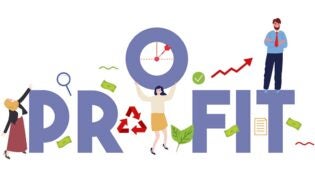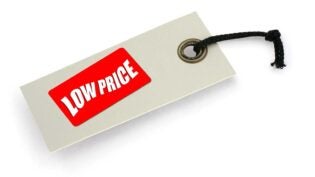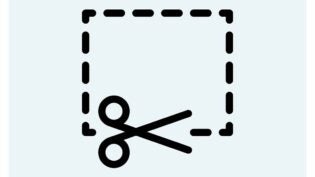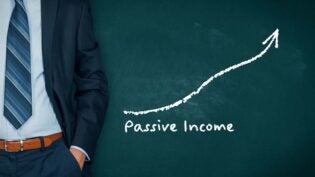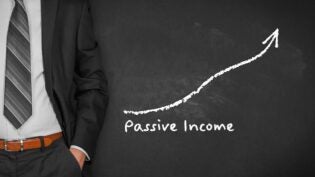Stuck Selling a Commodity? How to Multiply Your Margins
By: Susan Solovic

You could order online and send a dozen roses to someone you love for about $20. I just checked.
So why would you—or anyone else—pay five to 10 times that much?
Before we answer that question, let’s examine the florist industry and e-commerce. If you have been a student of e-commerce, you’ll know that ordering flower arrangements via the Internet has been around since the beginning of e-commerce.
Much of this business now works like this:
- You order online, then
- A local florist, who is part of a network of florists, fulfills the order.
It’s a great system and in many ways it’s a precursor of what Uber, Airbnb, Lyft and others are doing today. A central ordering system is used to parcel out business to local providers. The efficiency of this system explains why you can get a dozen roses for 20 bucks.
But let’s be honest: There can’t be a lot of margin in a 20-dollar bouquet of roses.
How to transform a ‘commodity’
But if you head over to the Roseshire website, you’ll discover roses being sold for five to 10 times the price of the commoditized e-commerce roses. How can they do it? And, according to sales figures Roseshire co-founder Nasim Pakmanesh recently discussed during his appearance on the Mixergy podcast, they are selling a lot of roses at that significantly higher price point.
I think the answer is captured in one of the links Roseshire has on its home page. At the top of their home page a link titled “Experience.” They want you to know that buying and even more importantly, receiving, a bouquet of Roseshire roses is an experience; it is not a commodity!
I want you to really appreciate this point because it’s critical to small business success. Pakmanesh has created an aura of “experience” around selling roses that enables him to differentiate his business from all of the garden variety (apologies for the pun) florists selling in this highly competitive market.
If you explore the Roseshire website, you’ll see that the company’s packaging is upscale and that they include custom-designed cards in their orders. Further, the care they give their product is incredible. Frankly, aren’t these the kind of messages and feelings you want to send to someone when you’re presenting them with a dozen roses? On the other hand, what’s the message you’re sending to the recipient when there’s nothing special about how the rose order has been handled, packaged and delivered?
Position for your business for pride
Hallmark used to use the slogan, “When you care enough to send the very best.” I think this sentiment is the foundation of the success at Roseshire and note how people respond. (Does anyone not care enough to give the best?) As you examine your small business, ask yourself this question, “What about my business tells prospects to do business with me ‘when they care enough’ to want the best?” If you’re trying to improve your margins and differentiate your business, you should have a good answer for this question.
Let’s look at how your differentiation strategy must harmonize with your marketing and advertising strategies. Pakmanesh made an excellent point on this issue. If you do a Google search for a dozen roses, you won’t find his website anywhere near the top of search results. Nor will you find any little text AdWords ad for his business.
Further, when you click through the “shopping” results you get from a “one dozen roses” search, you’ll see that the photos are almost identical with all the different results. The standard order of a dozen roses has truly been commoditized by the Internet.
When AdWords won’t work
But take your analysis to the next step: What if Roseshire took out some AdWord text ads, or SEOed the heck out of the website to make it rank more highly in search results? These would probably be a waste of money and time. You can’t sell a dozen roses for $125 through a three-line AdWords text ad, especially when the ad right next to you touts a dozen roses for $25!
When you’re after the upscale market, you can’t wage a marketing campaign designed to sell commodities. Pakmanesh discovered that visual social media sites like Instagram and endorsements from respected social media influencers were the way to get his roses flying off the shelves.
The lesson is that you have to carefully match your marketing to your market. Reaching 1,000 people a day is meaningless if it’s the wrong 1,000 people.
I hope you find the Roseshire story inspiring. It is important to know that it’s absolutely possible to differentiate yourself even in a market that is as old and established as selling a dozen roses on Valentine’s Day.






